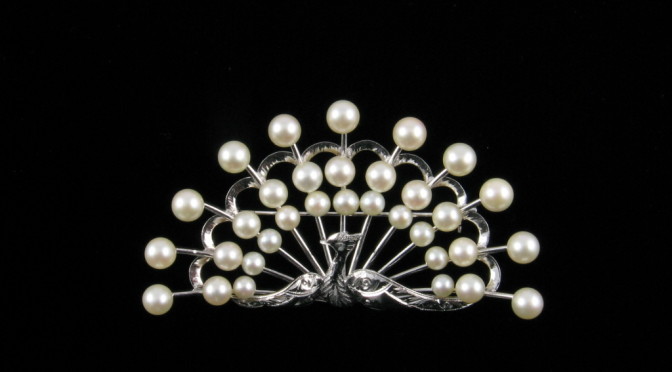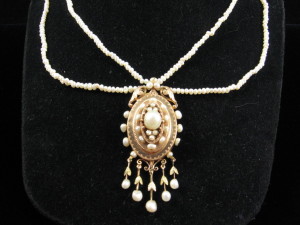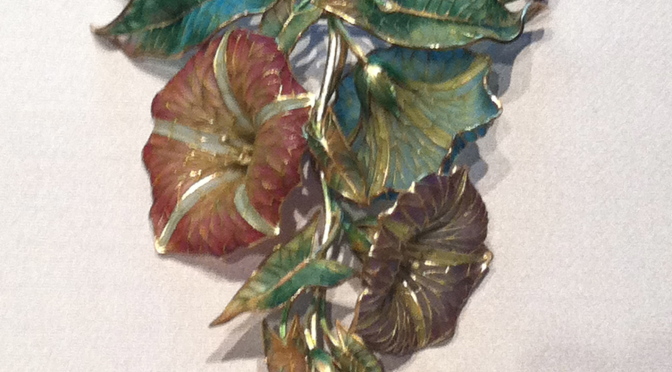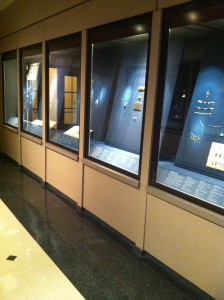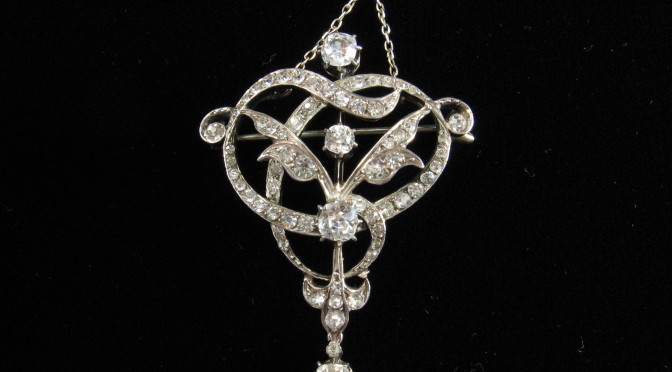Dating jewelry is done through multiple methods: looking at design and stylistic clues; at construction techniques; at hallmarks; at materials used; and at patent numbers. However there are certain discoveries, inventions, and historic events that are milestones in jewelry history and knowing a few of them can help narrow down the date of a lot of pieces and eliminate some faulty attributions. I’ve arranged these chronologically and included items of interest to collectors of both fine and costume jewelry.
Follow
